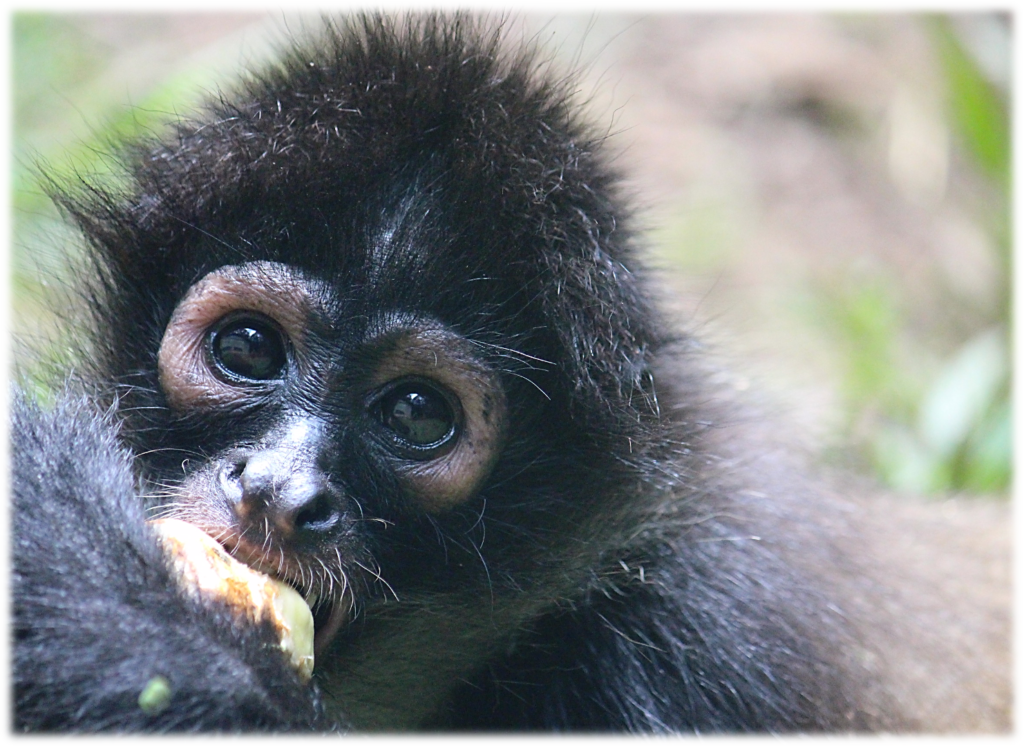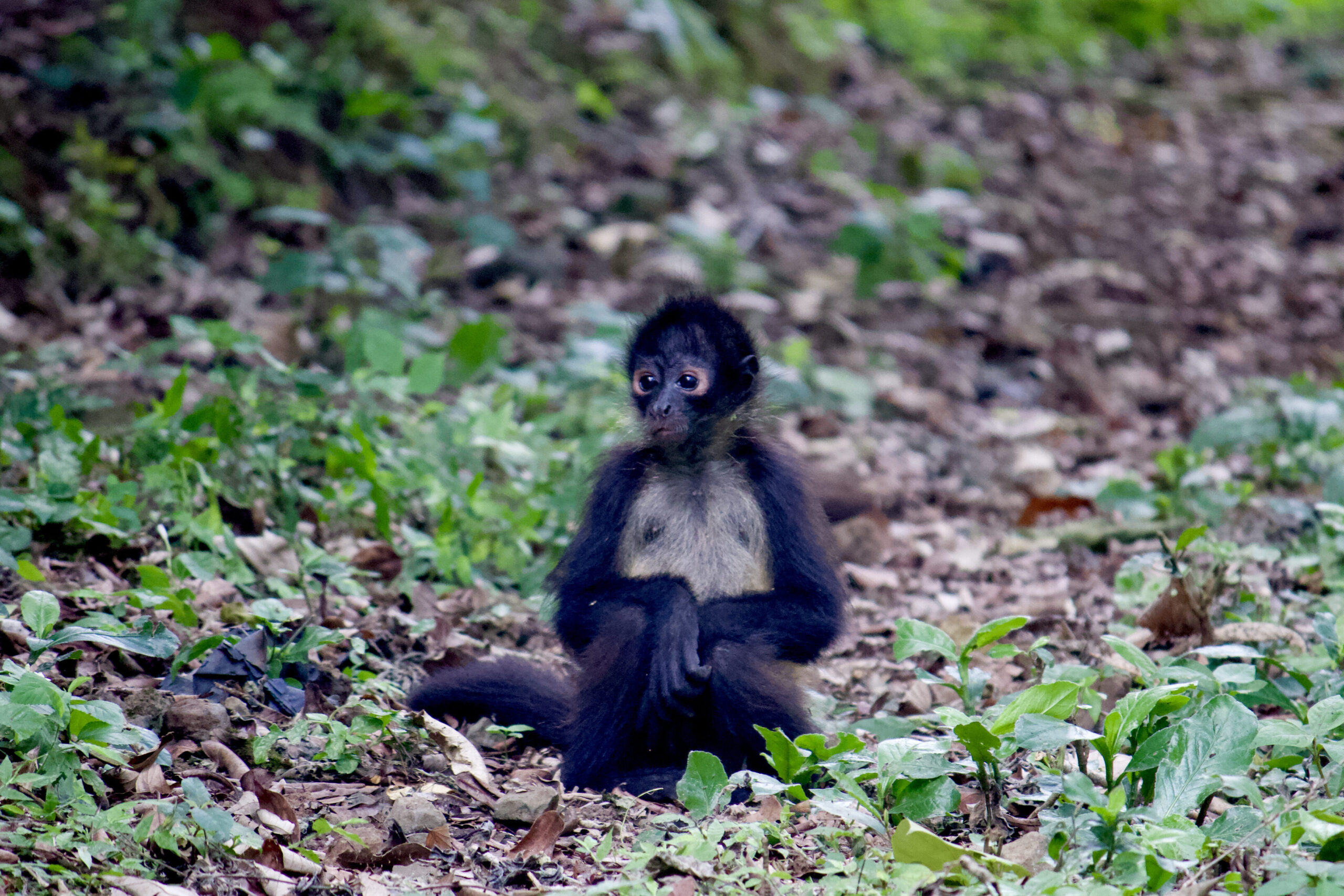Why important?
Animals are confronted with objects of various sizes throughout their lives, including foods, conspecifics, and predators. Therefore, the ability to visually discriminate between items based on size differences is suggested to be substantially important in different behavioural contexts, such as food evaluation, social conflict, object manipulation and sexual selection. An animal’s ability to select the larger one of two fruit items can have significant impact on its fitness, and when competing with conspecifics, it may favour individuals who are better at selecting the larger fruit items.
Limitations
Motivation
Often, individuals’ choices may be affected when the subject’s attention draws away from the target options by the presence of a ‘decoy’ or element of distraction, or when their motivation is affected. The monkeys in the present study also showed moments of distraction and loss of motivation by other monkeys and external factors, which could have affected their choices. Decreasing the size difference between the wooden blocks after every step, and therefore making it harder for the animals to retrieve the food reward, could have negatively affected the animals’ motivation.

visual aquity
The visual acuity of primates can also be a limiting factor for making size discriminations with objects of very similar size, as it depends on the light condition under which it is measured. The spider monkeys in the present study were tested indoors, with no electric light available and occasionally cloudy weather. Therefore, these sub-optimal light conditions may have limited their visual acuity and made it more challenging for the spider monkeys to differentiate objects of similar size.
Future research
Future research could expand upon these findings by examining the factors influencing individual differences in visual discrimination performance and learning patterns, such as previous experience, age, genetic background, or cognitive abilities. Experiments on the relation of fruit size to individual hand size could be performed. Further interspecies and intraspecies comparisons could offer a better understanding of the evolutionary background of these abilities. It would also be interesting to further explore presenting more natural shapes of wooden objects, which could increase performance as the monkeys are more familiar with natural than artificial shapes. Additionally, half of the monkeys could be trained to respond to the smaller wooden blocks and therefore receive the food reward when they choose these blocks, to compare the monkeys’ performances with the small and large blocks. Lastly, stimulus pairs with a big difference between the blocks and pairs with a small difference could be presented alternately to encourage the animals’ motivation.
What about other species?
Field studies suggest that other nonhuman primates, such as orang-utans, lemurs and langurs also prefer to consume larger fruits compared to smaller fruits of the same plant species and that chimpanzees, bonobos, olive baboons and macaques also have a well-developed ability to visually discriminate between three-dimensional objects that only differ in size.
But not only primates have this ability. Also horses, albino rats, raccoons, sea lions and octopuses have been found to recognise size differences in objects.

Control
As primates are highly intelligent animals, they can use olfactory, auditory or visual cues for their decisions besides the sizes of the melon pieces and the sizes of the wooden blocks. This has not been thoroughly tested or controlled for. For example, the monkeys can notice the attention of the experimenter, which could have been avoided by wearing sunglasses during the experiment. To control for olfactory cues, the experimenter could have added a food reward to both boxes to avoid the animals making their decision on the odours in only one of the boxes.

To conclude
A number of intrinsic and extrinsic factors may play a role in primate decision making and can influence a species’ size discrimination abilities. Overall, my findings are consistent with previous research on visual size discrimination in primates and contribute to our understanding of food selection in spider monkeys and their abilities to visually discriminate between differently sized objects used in other behavioural contexts. This can provide valuable insights into their adaptive capacities in dynamic environments. Spider monkeys need to be able to adapt their foraging behaviours to changes in tropical environments. The ability to visually discriminate between different sizes of food is not only advantageous but also essential to the spider monkeys’ survival in their natural habitats.